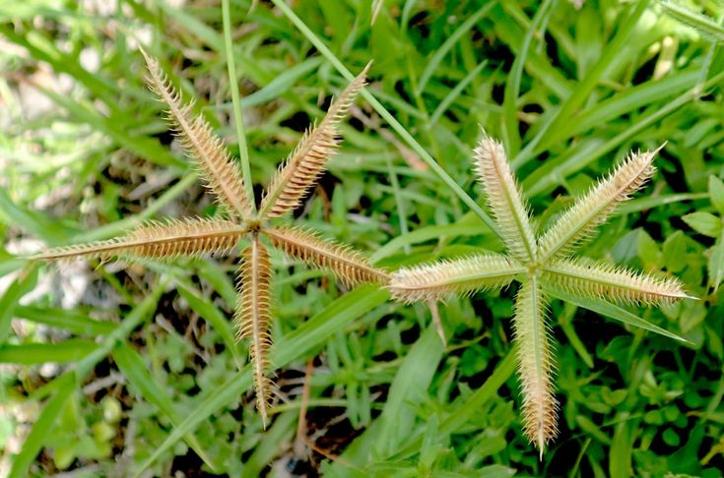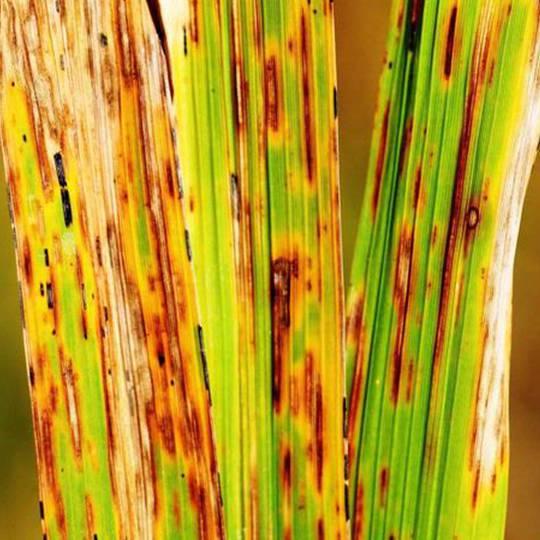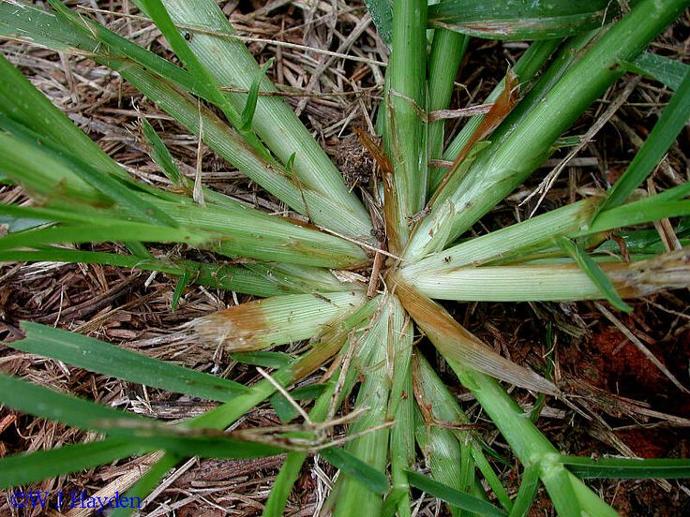Crowfoot Grass
Crowfoot Grass (Dactyloctenioum aegyptium) grows up to 3 ft, prefers well-drained soil, full sun, moderate moisture, and is neither edible nor medicinal.

Habit
Grass
Height
10 to 15 cm
Growth
Fast
Soil
Sandy, loamy
Shade
Full
Moisture
Moderate
Edible
No
Medicinal
No
Origin
Africa
Climatic Condition
Tropical, dry
Temperature (°)
25 to 35
Humidity (%)
50 to 70
Potting media
Well-drained sandy mix
Fertilizers
Nitrogen-rich
Watering
drought tolerant
Plant Weight
50 to 80 g
Flowering Time
Summer to Fall
Soil Ph level
6.0 to 7.0
Water Ph level
6.0 to 7.0
Soil EC
0.2 to 1.0
Yield Per Plant
3 to 5 kg per square meter
NPK ratio
20:20:20
life Span
Annual
Health Benefits
Used as forage, tolerant of dry conditions, good for livestock.
Suggested Grow Media or Potting Mix ?
50% compost, 25% peat moss, 25% sand
Suggested Fertigation/Fertilizers
Fertilize every 4-6 weeks with balanced fertilizer.
Common Diseases and Remedies
Leaf Spot, Rust, Downy Mildew, Aphid Infestation, Root Rot
Brown or black lesions on leaves, Reddish or orange pustules on leaves, White powdery growth on leaves, Distorted leaves and sticky residue, Wilting and stunted growth
Neem oil, Compost tea, sulfur spray, improve air circulation, insecticidal soap, Improve soil drainage.
Copper-based fungicides, Fungicides with propiconazole ,Sulfur-based fungicides, Chemical insecticides, Soil-applied fungicides
HEALTH BENEFITS
(Dactyloctenium aegyptium) – This wild grass has been used in traditional medicine for treating fever, wounds, and respiratory conditions, though scientific evidence is limited.

